Stian Klo is an award-winning landscape and travel photographer, workshop instructor, and tour guide from Norway. His work has been published in National Geographic, Outdoor Photographer Magazine, Landscape Photography Magazine, N-Photo, and other magazines. Together with Arild Heitmann, he runs Lofoten Tours, focusing on high-end and unique photography tours in the Arctic regions—from Lofoten Islands to Svalbard to Iceland. Interested in exploring the Arctic or witnessing the elusive, beautiful Aurora Borealis? Locals Stian and Arild are the guys for the job. And in this tutorial, Stian will share with you his expert tips for photographing cold-weather landscapes like the Arctic Lofoten Islands in Northern Norway. Read on, and get inspired to plan your next winter photo getaway!
What makes the Lofoten Islands such a great destination for photographers?
Living in Northern Norway with this love for nature is like living a dream. There’s untouched nature right on my very doorstep. Lofoten is located at the 68th and 69th parallels north of the Arctic Circle in Northern Norway, and the archipelago consists of seven principal islands. With its dramatic, largely-untouched Arctic landscape and scenic viewpoints, Lofoten is one of the best destinations in the world for photography. It has everything—the iconic village of Reine, jagged granite mountains rising up from turquoise fjords, pristine beaches, endless hiking possibilities, charming locals, unstable weather, cozy hamlets, fishing, and Viking history.
Add the Midnight Sun and Northern Lights into the equation, and it’s no-brainer vacation destination for every photographer and anyone who has an insatiable travel bug.
10 Landscape Photography Tips
1. Be a selective shooter. Quality over quantity is always a good thing.
2. Patience is key. You can’t predict the light and weather. I always try and be on location 2 hours prior to the sunrise and sunset. And if I don’t get it right, I’ll return until I get it. One of my sunset shots of Reine took me eight years!
3. Decide what kind of photographer you would like to be. A lot of photographers make a big mistake in trying to be good at everything. Stick to one category.
4. Never stop studying. Look at others for inspiration and keep on training your mind and brain. It’s an endless creative journey.
5. Scout. I always visit the same location prior to the “real” shoot. This way I won’t have to spend several hours searching for leading lines, angles and suitable foregrounds when the light is perfect.
6. Pre-plan and pre-visualize the scene you intend to shoot. Which direction will the sun or moon be in? What’s the weather forecast? If it’s a seascape, when is low or high tide?
7. Be flexible. Move around, look for different angles, and most importantly—change your focal length. Sometimes you will be amazed at the lines, shapes, and patterns you can find when switching from a wide angle to a 200mm telezoom.
8. Have a sturdy tripod. Battling with the Arctic climate and winds, you will need a really sturdy tripod. I can recommend Really Right Stuff.
9. It’s vital that your camera, lenses, and filters are clean. Why spend unnecessary amount of time in post-processing, editing stuff out, when you can wash your gear prior to going out? I always keep at least one cloth in every jacket in case I need to clean anything on the road. Storing everything in a water-resistant backpack is also very handy.
10. Always shoot in RAW. Personally, I post-process all my photos in Adobe Photoshop.
11. Have the right clothes, shoes, and gear for the right trip. Nothing is worse than arriving at a crazy-cool destination, where the light is awesome and the tide is perfect—but you forgot your waders or gumboots. Maybe you intend to shoot the Northern Lights all night. It would be very foolish not to bring strong headlights or flashlights to see where you are going in pitch-black darkness.
How To Prep For Your Photo Shoot Trip To Lofoten Islands
My objective is to advise and teach photographers across the globe, have fun, and explore the largely-untouched Arctic landscapes in my “backyard”. Below, I’m sharing tips on what to bring and what to think about when shooting in the Lofoten Islands. These tips covers everything, from planning and scouting to gear.
1. Climate and when to go
Lofoten has a milder climate than other parts of the world at similar latitude, such as Alaska and Greenland. This is due to the temperature of the water of the Gulf stream. The coastal climate results in mild winters and cool summer temperatures. Traditionally, January and February are the coldest months with an average temperature of -1 degrees Celsius. July and August are the warmest, with an average of 12 degrees Celsius. During summer season, it can be 30 Celsius and all blue skies, or 5 Celsius and nothing but rain and fog for weeks. Don’t be surprised to see the temperature drop down as low as -20 Celsius at winter, with howling winds and several meters of snow. It’s not very pleasant considering there’s only about 1-2 hours of daylight in December, but at the same time, it’s very charming. Strong winds can occur in late autumn and winter. Snow and sleet are not uncommon in winter. The mountains can have substantial amounts of snow, and avalanches might come crashing down. In fact, two of the top ten deadliest rainstorms known to mankind passed through Lofoten. Lofoten is one of the few places on earth that actually looks good in all kinds of weather. And if there is one thing there’s plenty of—it’s weather.
2. What clothes to pack
If you are visiting Lofoten in winter, be sure to bring down and windproof jackets, wool underwear, waterproof and insulated gloves, hats, a balaclava (if you are not used to cold temperatures), and winter boots with crampons. Summers are pretty mild, but it can be very wet, so I recommend ybringing Gore-Tex or waterproof clothes.
3. Flights to Lofoten
The easiest way to travel to this archipelago is via Oslo Gardermoen airport (OSL code). From there, you have two choices. You can fly to Harstad/Narvik Evenes airport (EVE code), pick up a rental car, and drive about 4 hours to Lofoten. Or, you can simply fly via Bodø airport (BOO code), and connect with another flight to Leknes airport (LKN code). The latter solution puts you smack in the middle of Lofoten, so you can easily rent a car at the airport and start your Arctic adventure from there. Domestic flights in Norway can be purchased from www.sas.no, www.norwegian.no or www.wideroe.no.
3. Planning and scouting locations for your photo shoots
Prior to your arrival, install these apps on your iPhone or Android: The Photographer’s Ephemeris (TPE) or PlanIt! For Photographers. TPE helps you plan outdoor photography shoots in natural light, particularly landscape and urban scenes. It’s a map-centric sun and moon calculator. You will be able to see how the light will fall on the land—day or night—for any location on earth. With these two apps, you can easily scout the area digitally, and collect precise information in regards to sunrise, sunset, position of the moon, and how many hours of daylight to expect within any given period. For night photography and Aurora Borealis (Northern Lights) shots, the links listed below will come in handy:
http://www.blue-marble.de/nightlights/2012
Information regarding dark locations and light pollution. Without clear skies and lack of light pollution, capturing quality images of this green marvel can prove very tricky.
http://wxweb.meteostar.com/models/noaaport_loop.php?PATH=/var/www/leads_images/satellite/NHC/COMP/
Great site in terms of collecting live data on cloud covers conditions.
http://www.spaceweatherlive.com/en/auroral-activity/auroral-oval
This website provides a forecast of the intensity of the Auroral oval, and is based on the solar wind conditions and the Interplanetary Magnetic Field. When setting off for a night of photographing the Northern Lights, look at the KP-index ranging from 0 to 9. The higher the number, the better chances you have of having one of the best nights of your life.
Handy Gear Tips
1. Always bring a sturdy tripod. I recommended a carbon tripod due to its low weight, which means you can move around more freely, and not worry about extra weight when hiking.
2. Camera with Manual mode. Manual mode makes it easier to get the image you envision. You can easily adjust ISO, aperture, shutter speeds, and white balance. When shooting in BULB mode, a wireless shutter release or remote control can help, if you need exposure times exceeding the 30-second limit.
3. A wide angle lens, like the Nikon 14-24 f/2.8 or Canon 16-35mm f/2.8. For night photography, a f/1.4 lens will be of great help as it can help you get away with lower ISO and faster shutter speeds. A good start for Northern Lights photography is an ISO 800, f/2.8, and everything from 3-30 seconds. It all depends on how fast it moves and how dark it is. If the moon is up, try ISO 400-1200 and bump the aperture up to f/4 or f/5.6. Play around. Eventually you will get it right. Preferred white balance is subjective, but a “normal” Kelvin value would be ranging from 2700 to 4000.
4. Extra batteries. When it’s cold outside—and Lofoten often is—batteries die much quicker. Keep them close to your body. The warmth of your body will keep them alive much longer.
Have fun exploring the Lofoten Islands!
To see more of his work, follow Stian Klo on 500px. You can also connect with him on Facebook, Twitter, and Instagram.
Get in touch with native, experienced photographers and guides at Lofoten Tours for unique photography tours all year around.
Upcoming tours:
10/06 – 19/06 – Iceland in Midnight Sun
28/06 – 05/07 – Lofoten in Midnight with Iurie Belegurschi
28/07 – 02/08 – Hiking Expedition in Northern Norway with Max Rive
30/08 – 06/09 – Fjord To Summit in Lofoten with Alex Nail
09/09 – 16/09 – Autumnal Lofoten with Rod Thomas
11/09 – 19/09 – Spitsbergen Expedition Vol. 1
23/09 – 01/10 – Spitsbergen Expedition Vol. 2
08/11 – 15/11 – Winter in Lofoten with Michael Bonocore
There will be additional winter tours in both Lofoten and Iceland in October and November 2015. Stian and Arild are still working on finalizing details, so subscribe to their newsletter for exclusive offers and news.

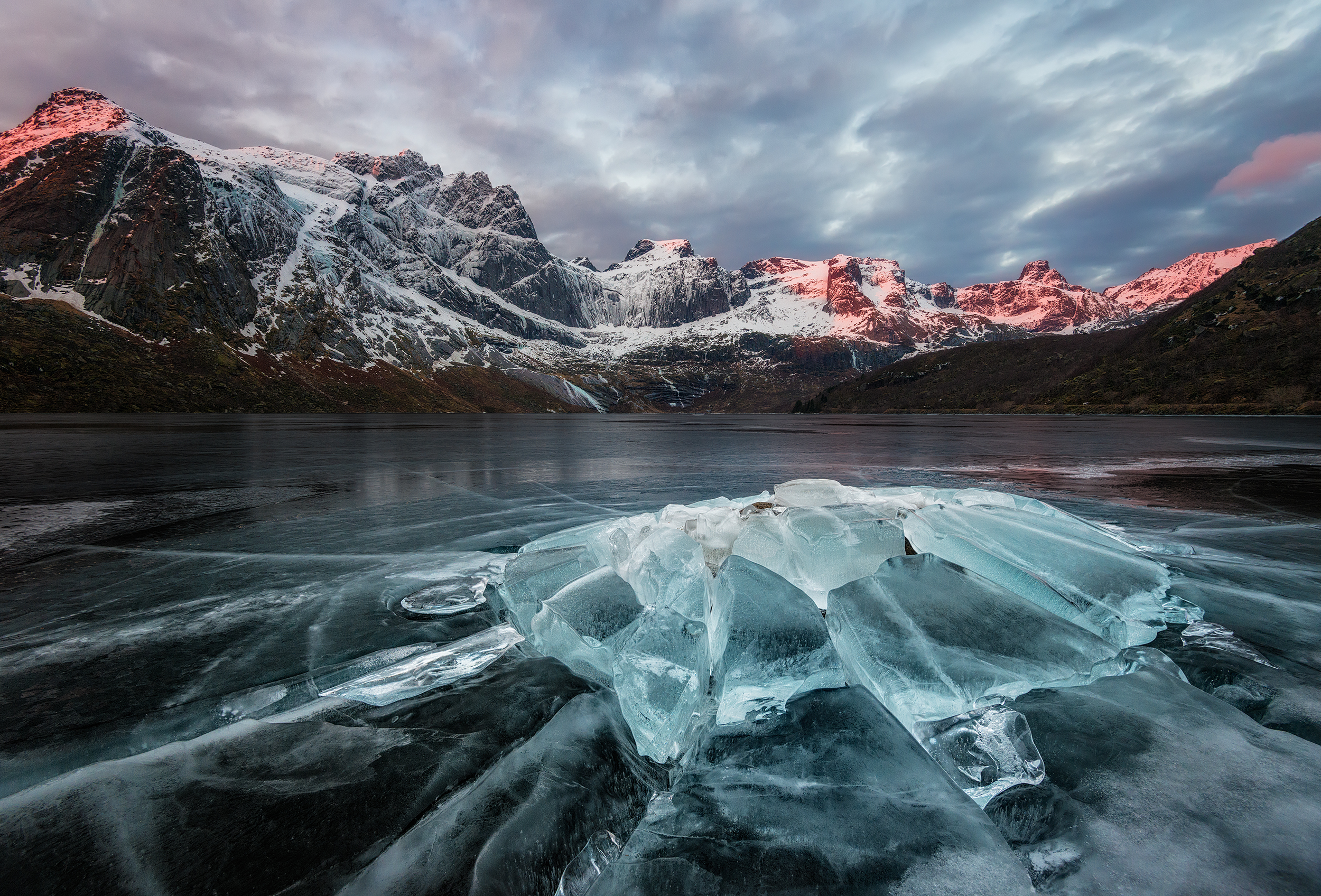



















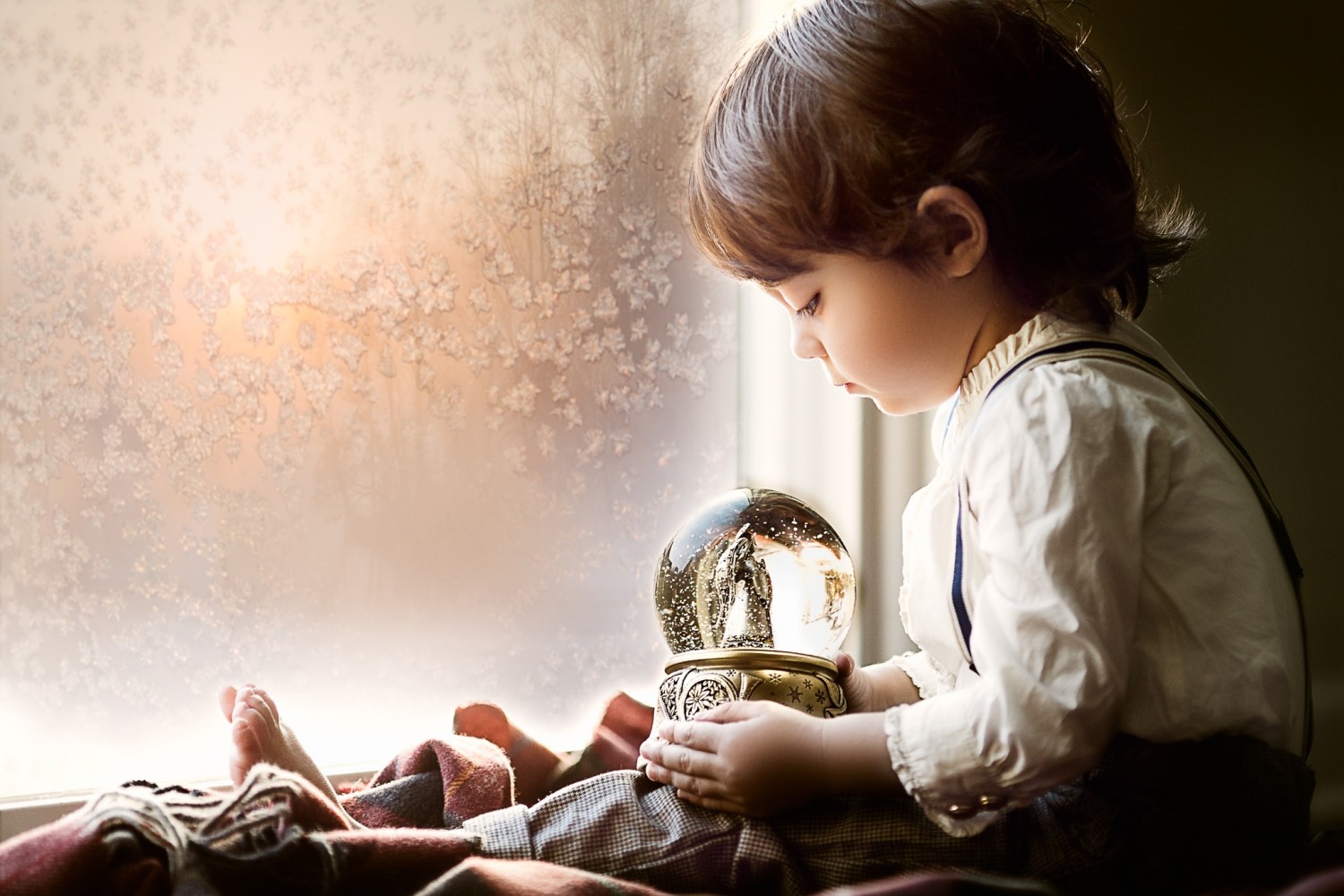

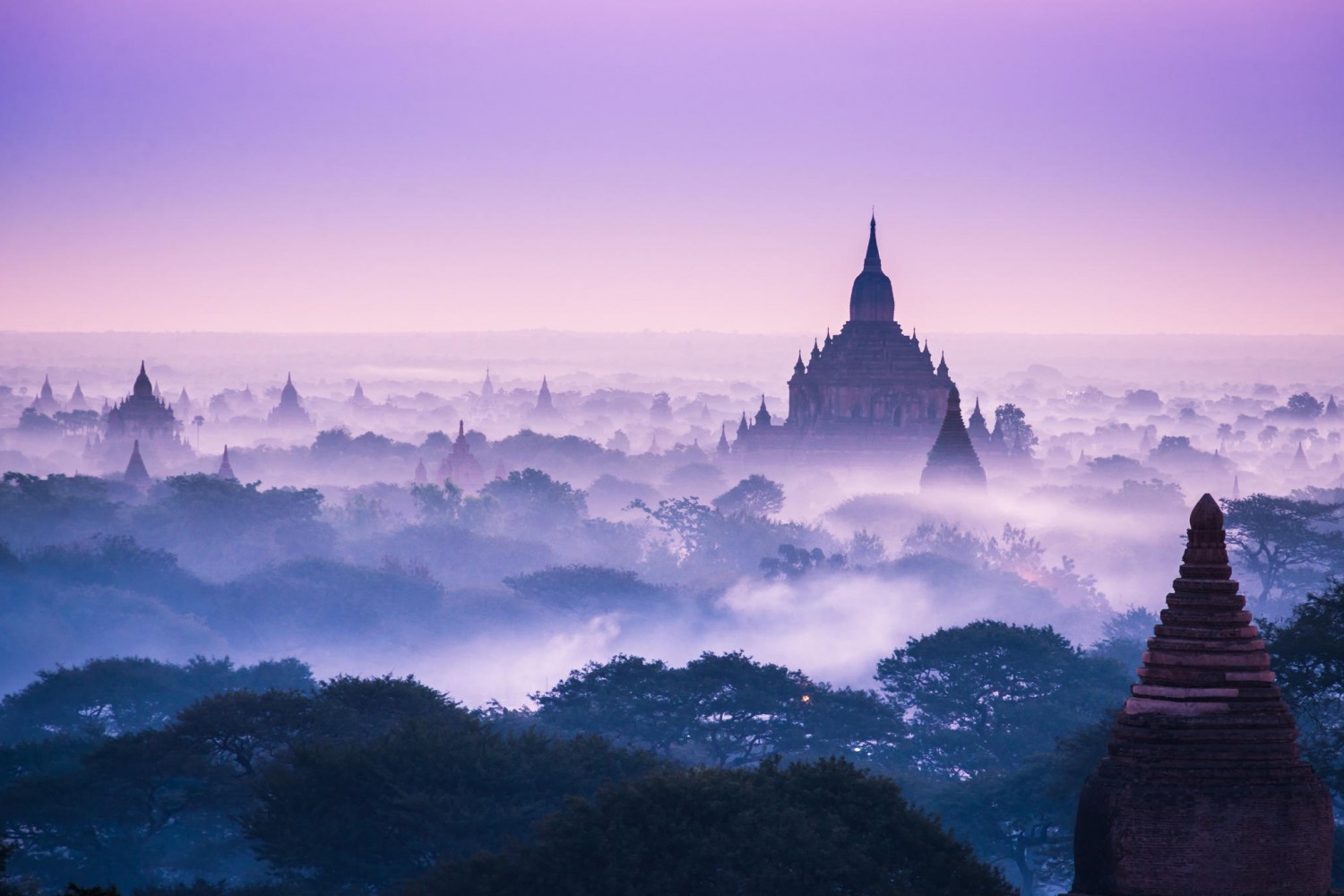
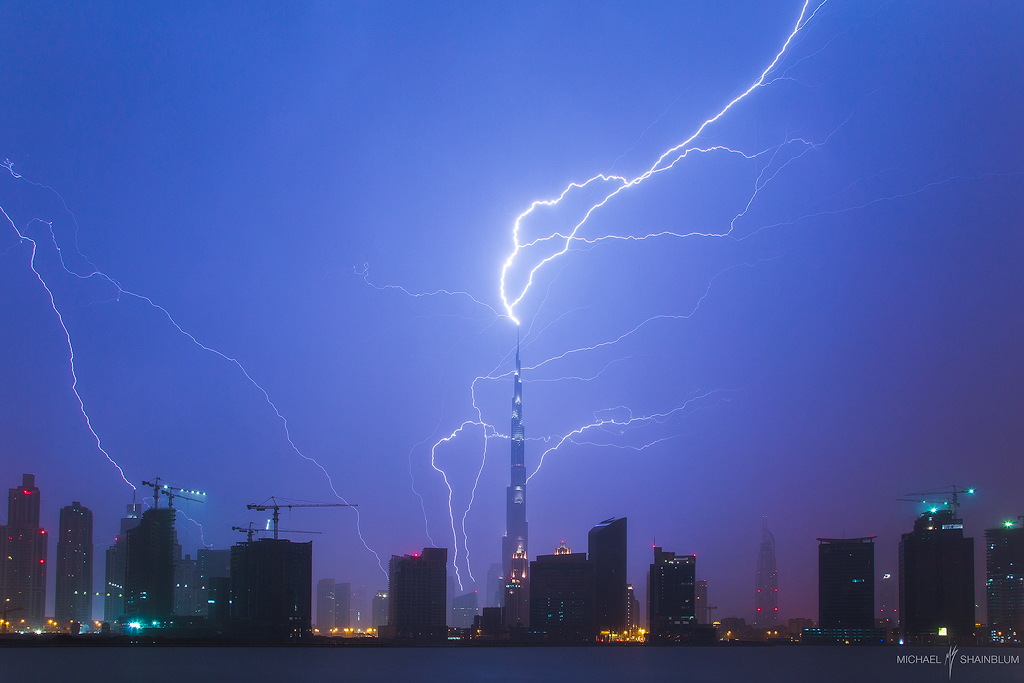
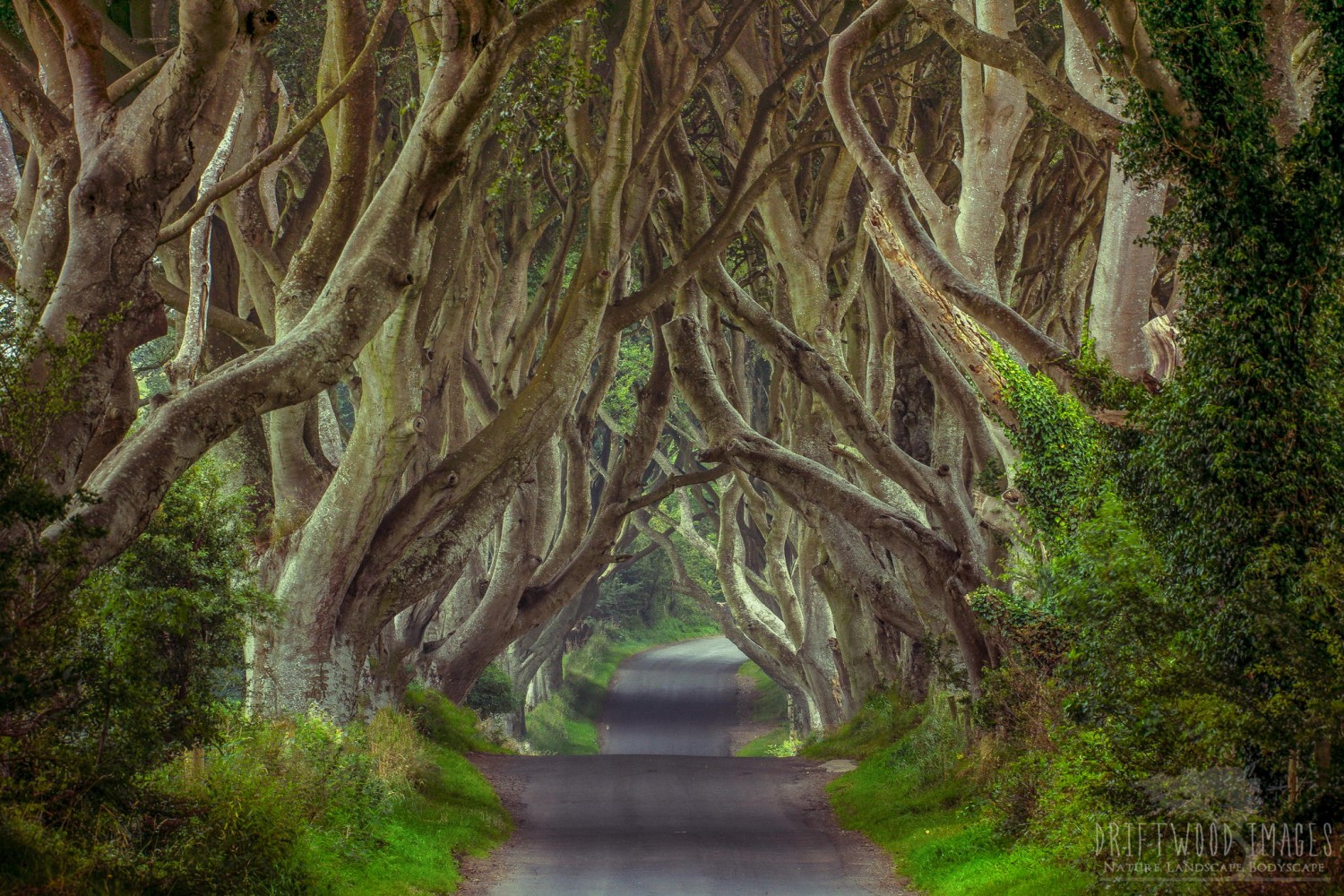
Leave a reply